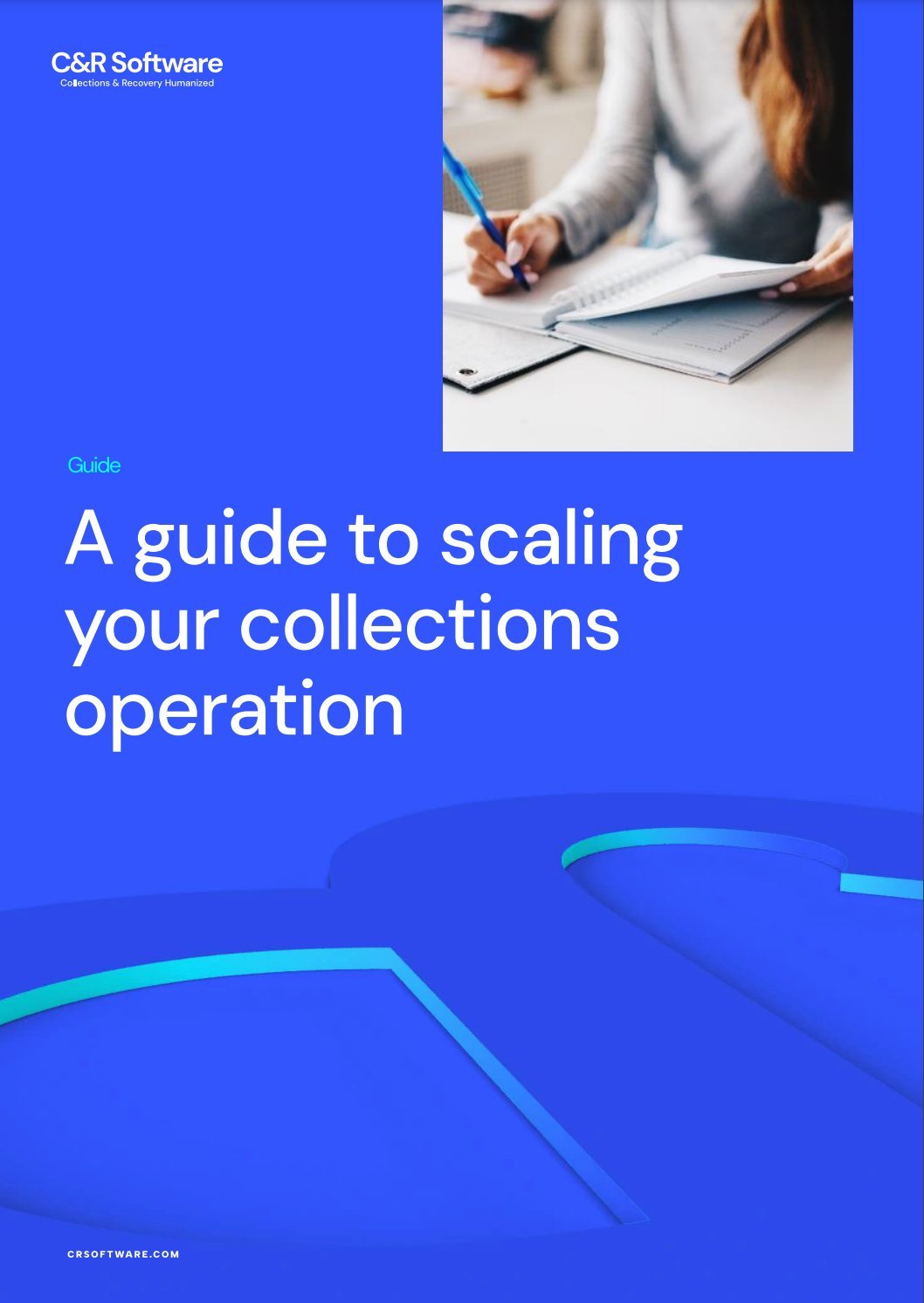Transparency is a core pillar of customer-centricity when it comes to the collections journey. By providing easy access and visibility of data and processes, your customers are far more likely to engage with you and your strategies.
This importance of transparency is reinforced by the CFPB’s recent update to the Dodd-Frank Act. Long story short, you’ll need a modern collections platform to be compliantly transparent with the proposed changes. Read on to find out why.
Layers of transparency already enforced by the CFPB
There are a number of regulatory measures in place to protect customers from deceptive or insincere practices. The CFPB enforces a majority of these measures to make sure you are transparent in your customer communications and data management.
Key examples include the Telephone Consumer Protection Act (TCPA) and the FDCPA (Fair Debt Collection Practices Act). These acts focus on transparent communications and have specific requirements such as having to state the name and contact information of your institution in every SMS or voice message. They strictly prohibit any false, deceptive or misleading communications.
The Gramm-Leach-Bliley Act (GLBA) is another example that focuses on customer data compliance. In terms of transparency, it states that you must update your customers on your privacy policies at least annually to be compliant, as well as provide them with context surrounding how you manage their data.
These regulations are enforced so that your customers can be confident in your collections journey. If they can see everything transparently on their road to financial stability, they are far more likely to engage with you along the way. It’s a win-win situation, so much so that the CFPB is taking it a step further.
Dodd-Frank Act Section 1033 - a current stance on transparency
Alongside the existing regulations tied to transparency that the CFPB enforces, they have recently published a proposed update to Dodd-Frank Act Section 1033. This is a specific provision of the 2010 act that addresses customer access and transparency of their financial data. A key quote in this update is as follows:
“...a covered person shall make available to a consumer, upon request, information in the control or possession of the covered person concerning the consumer financial product or service that the consumer obtained from such covered person, including information relating to any transaction, series of transactions, or to the account including costs, charges, and usage data.”
For the collections space, this means that financial firms may have to provide customers with complete access to their financial data, visibility of how it’s being used and transparency of how it’s managed. For you, this means having the right interfaces, communications and systems in place to provide customers with this access. Additionally, you’ll need to ensure that your data is accurate and up-to-date as well as available to your customers.
Configurable platforms provide the tools for transparency
Legacy systems simply don’t have the capabilities to create dedicated interfaces for customers to access their data. This is why you need a configurable platform that can support the necessary integrations to be completely transparent and compliant with the CFPB.
- Centralized data - Configurable platforms have a centralized data system that makes the management of data simple. And with data-flows in place, you can easily keep data up-to-date and integrate it with customer interfaces to be transparent.
- Configurable portals - Configurable platforms provide you with the tools to create customized user interfaces without the need of a technical specialist. You can then easily develop portals for customers to view and manage their own data.
- Personalized interfaces - By integrating with AI and automation tools, customer portals can be personalized to their specific collections journey. This shows and hides specific interfaces that apply to them, creating a consistent and transparent user experience.
Make it easier to be transparent with C&R Software
Transparency is vital to be compliant as well as build trust with your customers. They are far more likely to engage with you if they can see each and every detail of their collections journey. And from there, you can have all the data you need to guide them to financial stability.
At C&R Software, our industry leading Debt Manager makes it easy for you to be transparent with your customers. You can configure portals and integrate data-flows to provide them with all the data they need. From there, you can utilize AI tools to introduce personalization and create a consistent and transparent collections journey.
To find out more about Debt Manager and how it can help you be more transparent, contact a member of our team today.
.jpg)
.jpg)

-4.png?width=352&name=operationalize%20AI%20(9)-4.png)
-Dec-22-2025-06-24-07-4455-PM.png?width=352&name=operationalize%20AI%20(14)-Dec-22-2025-06-24-07-4455-PM.png)
-4.png?width=352&name=operationalize%20AI%20(15)-4.png)

